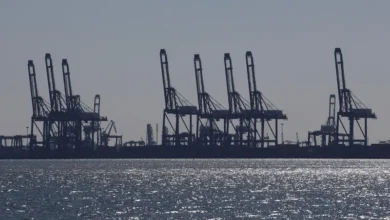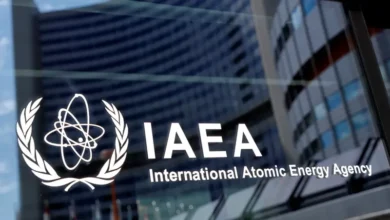BRICS summit, economic shift: Exploring a new currency and possible de-dollarization

Talk of developing a new BRICS currency to minimize the dominance of the US dollar is gaining momentum as leaders from Brazil, Russia, India, China and South Africa — a group of countries collectively known as BRICS — gear up for the economic bloc’s summit from August 22-24 in South Africa.
One of the main topics on the agenda, other than the group’s expansion, is a push to conduct more trade among BRICS nations in local currencies and reduce the reliance on the US dollar.
The bloc has been seeking to lower its dependence on the American dollar for more over a decade, but the idea of de-dollarization — reducing the US dollars’ dominance in global trade and finance — gained traction following Russia’s invasion of Ukraine which saw the US impose heavy financial sanctions on Moscow.
Washington froze nearly $300 billion of Russia’s foreign currency reserves and removed Russian banks from SWIFT, the global messaging system that facilitates international payments.
Meanwhile, the “rising interest rates” and the recent “debt-ceiling crisis” in the US have raised concerns among other countries regarding their dollar-denominated debt, should the American economy default, leading to the dollar’s demise, Mihaela Papa, a scholar who has studied BRICS nations for more than a decade, said in an article published in The Conversation.
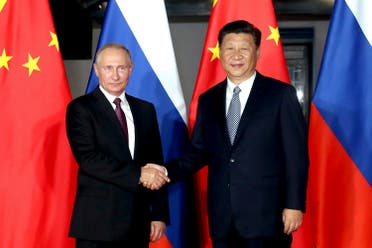
“The BRICS countries are trying to accelerate the process of reducing their reliance on the dollar,” Papa, a Senior Fellow at the Fletcher School, Tufts University, told Al Arabiya English. “While Russia has always been committed to de-dollarization due to sanctions-related risks, now we see other countries, especially Brazil, becoming more vocal about acting on this agenda.”
Is de-dollarization possible?
The move towards de-dollarization is acquiring strength, but it is neither easy nor quick, given the various economic and political challenges that lie ahead. For instance, more than 80 percent of international trade is conducted in US dollar and it accounts for 58 percent of global foreign exchange reserves.
Despite the dollar’s hegemony, some experts believe it is realistic to imagine a new BRICS currency being used for trade.
“It (de-dollarization) might work this time because their (BRICS) ambition for an actual currency seems to have scaled down. It is no more this fanciable notion of a shared currency like the Euro, instead they seem to be focusing more on the use of the currency in international trade, which is why it is more seriously a viable possibility,” Jo Sullivan, a former White House economist, said.
Sullivan wrote in a Foreign Policy article that each of the BRICS nations are “economic heavyweights” in their region and can therefore fund the entirety of their import bills by themselves.
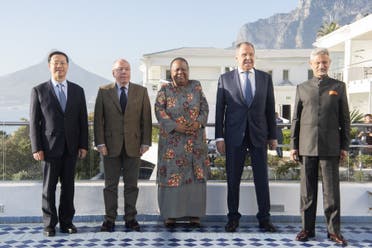
This means that the countries in the bloc collectively export more than they import. They do not need to borrow money from non-BRICS nations like the US or EU to import goods, so the rest of the world would have no source of leverage on them.
The group also has a geographical advantage, according to Sullivan. A BRICS currency union would be among countries with diverse locations, enabling them to produce a wider range of goods than other existing unions, thereby inviting more trade opportunities with different countries.
There are speculations that a new BRICS currency, if it becomes a reality, may incite trade restrictions such as tariffs from the US. However, experts believe that such restrictions can be circumvented.
For example, Sullivan explained that if the US boycotted bilateral trade with China, Beijing could still sell its goods in US markets by exporting them to a third country like Thailand or Vietnam first, who would then export these goods to America.
Challenges
Creating a single currency among BRICS would be difficult given the complex political and economic dynamics within BRICS countries, along with difficulties in outlining a sophisticated and reliable system of regulating the new currency.
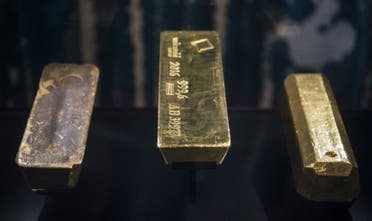
“There needs to be a consensus among BRICS that is economically and politically desirable,” Papa said. “Any new currency, if they can agree to it, will need to start small, operate in parallel with local currencies and take a long time to become both trusted and global.”
A new BRICS currency will also need to be backed by some sort of commodity like gold, or other rare metals such as copper.
Papa wrote in her article that for the currency to work, BRICS must agree to an “exchange rate mechanism, have efficient payment systems and a well-regulated, stable and liquid financial market.”
A BRICS version of the Euro is unlikely, but it seems that the bloc wants to create an integrated payment system for cross-border trade rather than launch a new currency, she explained.
August summit: What to expect?
Numerous questions shroud the idea of a common BRICS currency and de-dollarization, with the August summit expected to shed light on these issues.
A complete de-dollarization may not happen in the near future, but the wheels to acquiring it have been set into motion already.
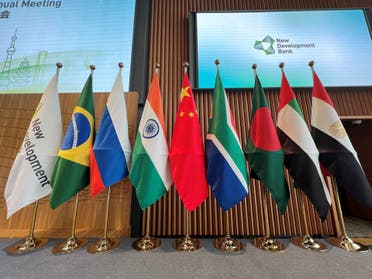
BRICS launched the BRICS Interbank Cooperation Mechanism in 2010 to facilitate international transactions between BRICS banks in local currencies. The group is reportedly developing BRICS pay, a payment system for transactions among the BRICS that does not require countries to convert their local currency into dollars.
Moreover, with more nations applying to join the bloc, experts such as Sullivan and Papa believe this may open up new financial opportunities and expedite the move towards de-dollarization.





